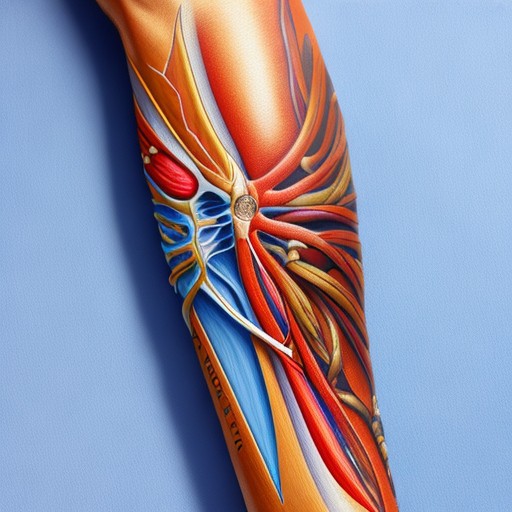7 Proven Strategies to Master Peripheral IV Starts: A Nurse’s Perspective

I’m obsessed with starting peripheral IVs, but that wasn’t always the case. It took me hundreds of times and many years to reach a point in my career where task I once dreaded has became one of my favorite job duties as an outpatient surgery nurse.
As a nurse, starting a peripheral IV is one of the most common procedures we perform. But let’s face it, not all veins are created equal, and some patients present us with what we lovingly refer to as a “tough stick.” Through countless shifts, missed veins, and lessons learned, I’ve discovered a set of strategies that have vastly improved my success rate. In this blog, I’m sharing these tried-and-true techniques with you.
II. Strategy 1: Warm it Up
You’ve probably heard it before, but it bears repeating: warming a patient’s arm can make a world of difference when it comes to starting an IV. The warmth causes vasodilation, making veins plumper, more visible, and easier to puncture. I’ve seen veins practically pop up out of nowhere after applying a warm compress. Remember, patient comfort is paramount, so always check the temperature before applying it to the skin.
III. Strategy 2: Double Tourniquet Technique
It might seem unconventional, but using two tourniquets can dramatically increase the visibility of those shy veins. By applying a second tourniquet proximal to the first one, you essentially create a “pocket” of increased venous pressure, making the veins between the two tourniquets more apparent. I can’t count the number of times this trick has helped me land a difficult stick.
IV. Strategy 3: Ideal Positioning
Sometimes, the battle is won simply by adjusting the patient’s position. An arm hanging down off the side of the bed uses gravity to your advantage, helping to distend those elusive veins. For those uncomfortable with dangling their arm, placing a pillow underneath can provide support without compromising venous filling.
V. Strategy 4: Selection of Vein and Equipment

While the antecubital fossa is a favorite spot for many of us, don’t ignore the veins on the dorsal aspect of the hand or forearm. With the help of a smaller gauge catheter, these veins can often be your ticket to success with difficult sticks.
VI. Strategy 5: Mastering the Floating Technique
When a valve or a challenging bend in the vein stands between you and a successful stick, floating a catheter can be your saving grace. With the bevel up, slowly and gently advance the catheter with the flow of blood. Remember, patience is crucial here – rushing could result in a failed attempt or, worse, injury to the vein.
VII. Strategy 6: Patience and Reassessment
Facing a tough stick often tests our patience. It’s easy to feel the pressure, especially when the IV start is urgent. But remember, it’s often more time-consuming to attempt and fail multiple times than to take a moment, breathe, and reassess your strategy.
VIII. Strategy 7: Learning from Each Attempt
Every “miss” is an opportunity to learn and grow. Reflect on what went wrong. Was the vein too small? Did the vein roll? Were there valves that complicated the insertion? Understanding these challenges will help you improve your technique over time.
IX. Conclusion
These are some of the strategies that have helped me master peripheral IV starts on difficult sticks. Remember, each patient is unique, and what works for one might not work for another. Stay patient, stay determined, and keep learning. Your journey to becoming an IV start pro is full of challenges, but the reward – the trust and gratitude from your patients – is well worth it. I invite you to share your experiences and ask any questions in the comments below.





